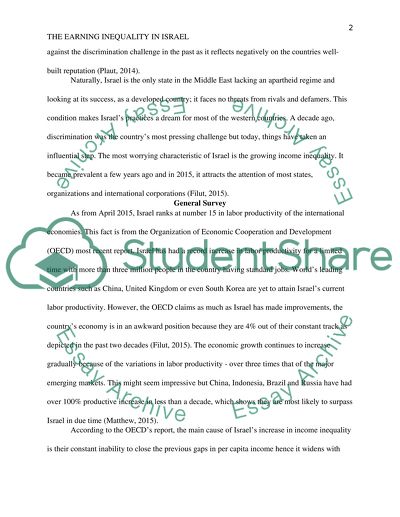Cite this document
(“The earning inequality in Israel Assignment Example | Topics and Well Written Essays - 2500 words”, n.d.)
The earning inequality in Israel Assignment Example | Topics and Well Written Essays - 2500 words. Retrieved from https://studentshare.org/social-science/1689528-the-earning-inequality-in-israel
The earning inequality in Israel Assignment Example | Topics and Well Written Essays - 2500 words. Retrieved from https://studentshare.org/social-science/1689528-the-earning-inequality-in-israel
(The Earning Inequality in Israel Assignment Example | Topics and Well Written Essays - 2500 Words)
The Earning Inequality in Israel Assignment Example | Topics and Well Written Essays - 2500 Words. https://studentshare.org/social-science/1689528-the-earning-inequality-in-israel.
The Earning Inequality in Israel Assignment Example | Topics and Well Written Essays - 2500 Words. https://studentshare.org/social-science/1689528-the-earning-inequality-in-israel.
“The Earning Inequality in Israel Assignment Example | Topics and Well Written Essays - 2500 Words”, n.d. https://studentshare.org/social-science/1689528-the-earning-inequality-in-israel.


